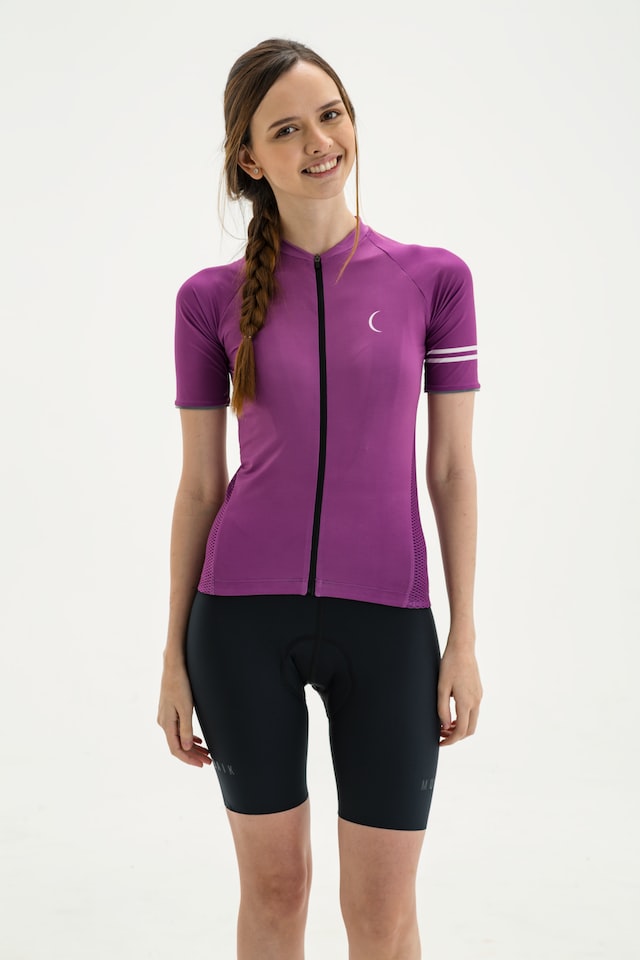
How Spandex Fiber is Used in Many Applications
Spandex is a synthetic, long-chain polyurethane fiber that is usually 85 percent segmented. It contains flexible macro glycol segments and hard diisocyanate segments organized in a specific order.
The elastic property of spandex fiber makes it a popular thread in many applications, including textiles, sportswear, and medical products. Spandex is a durable fabric that does not easily break down when exposed to body oils, perspiration, lotions, or other substances.
Textiles
Spandex is used in textiles for a variety of applications. Its properties allow it to stretch and retain its shape, making it an ideal fabric for high-performance garments. It can be found in most clothing, from women’s and men’s fashion to bed linens, shoes and medical products.
The amount of spandex in a fabric depends on the type and end-use and the weaving or knitting techniques. As little as 2 percent of the total fiber can increase the movement and drape of the fabric and improve its comfort. For high-performance materials, such as swimwear and active sportswear, as much as 20-30 percent of the fiber may be added.
The demand for different types of spandex fabric is expected to increase, especially in developing countries. Specifically, India, which accounts for nearly 15.6% of the global spandex market, is expected to grow double over the next few years. This is because of its increasing economic development and rapidly improving people’s lifestyles.
Sportswear
Spandex is a synthetic fiber that is commonly used in sportswear. It is lightweight, smooth, and has a unique elasticity that gives the garments support and comfort. It also resists abrasion from body oils, sweat and lotions. It is used for many garments such as socks, swimwear, athletic wear, and motion capture suits.
It was invented during World War II by chemical engineers who wanted to develop synthetic replacements for rubber, which was needed for building military equipment. At that time, most of the available rubber was being sucked up by the war effort, and the price of rubber fluctuated frequently.
Fortunately, they discovered a synthetic long-chain polyurethane that could provide the same flexibility and durability as rubber. Polyurethane comprises flexible macro-glycol segments and hard diisocyanate segments bonded in a specific order.
This allows the fabric to be stretched four to seven times its original length without wearing out and to return to its original shape if tension is released. However, it is essential to note that spandex’s production requires fossil fuels, which are non-renewable resources.
The elasticity of this synthetic fiber makes it the ideal choice for form-fitting consumer apparel. It is a popular fiber in sports bras, leggings, t-shirts, and tights, as it helps the garments to retain their shape and provide the best fit.
It is also an excellent choice for garments designed for high-impact workouts such as jogging and basketball. Its abrasion resistance and superior elasticity make it the perfect fabric for clothing that can withstand heavy activity.
In addition, it is a good choice for garments that are meant to be worn under other clothes, such as sweat-wicking undergarments and yoga pants. It also provides a lot of stretches and is perfect for undergarments that must withstand constant movements, such as waistbands, support hoses, and bras.
Medical Devices
Spandex is an elastomeric fiber that has been used in a wide variety of medical devices. It has a high elasticity and is very stretchable, which makes it ideal for medical applications. In addition, it is lightweight and soft, making it easy to wear.
To produce spandex, manufacturers use a variety of raw materials. These include pre-polymers, stabilizers, and colorants.
After adding these to the fiber, it is spun into a fabric. The fabric is then woven into different kinds of garments. The most common end uses of spandex include apparel, intimate wear, sportswear, bed linens, and shoes.
The development of spandex dates back to World War II when chemical engineers were looking for synthetic replacements for rubber. Two reasons motivated them to search for a suitable alternative: First, the amount of rubber that could be used during World War II was limited; and second, the price fluctuated frequently, causing industrial companies to struggle to keep up with demand.
Eventually, scientists discovered a synthetic fiber that could satisfy both needs: it was made from a long-chain polyurethane polymer. The urethane polymer had a lot of stretchability and was much lighter than rubber.
This allowed it to be produced more efficiently, so manufacturers started using it instead of rubber. It is currently the most widely used elastomeric fiber globally, with uses ranging from clothing to sportswear to bed linens and shoes.
Regarding medical devices, spandex is most commonly used in braces and other orthopedics. It is also used in bandages and compression stockings. It is also used to make shapewear and foundation garments.
In addition to its stretchability and elasticity, spandex has excellent resistance to body oils, perspiration, detergent, and abrasions. This allows it to be worn for extended periods without losing its elasticity. This explains why it is so famous for use in sportswear and intimate wear. It is also a good choice for flexible clothing, such as yoga pants and cycling shorts.




